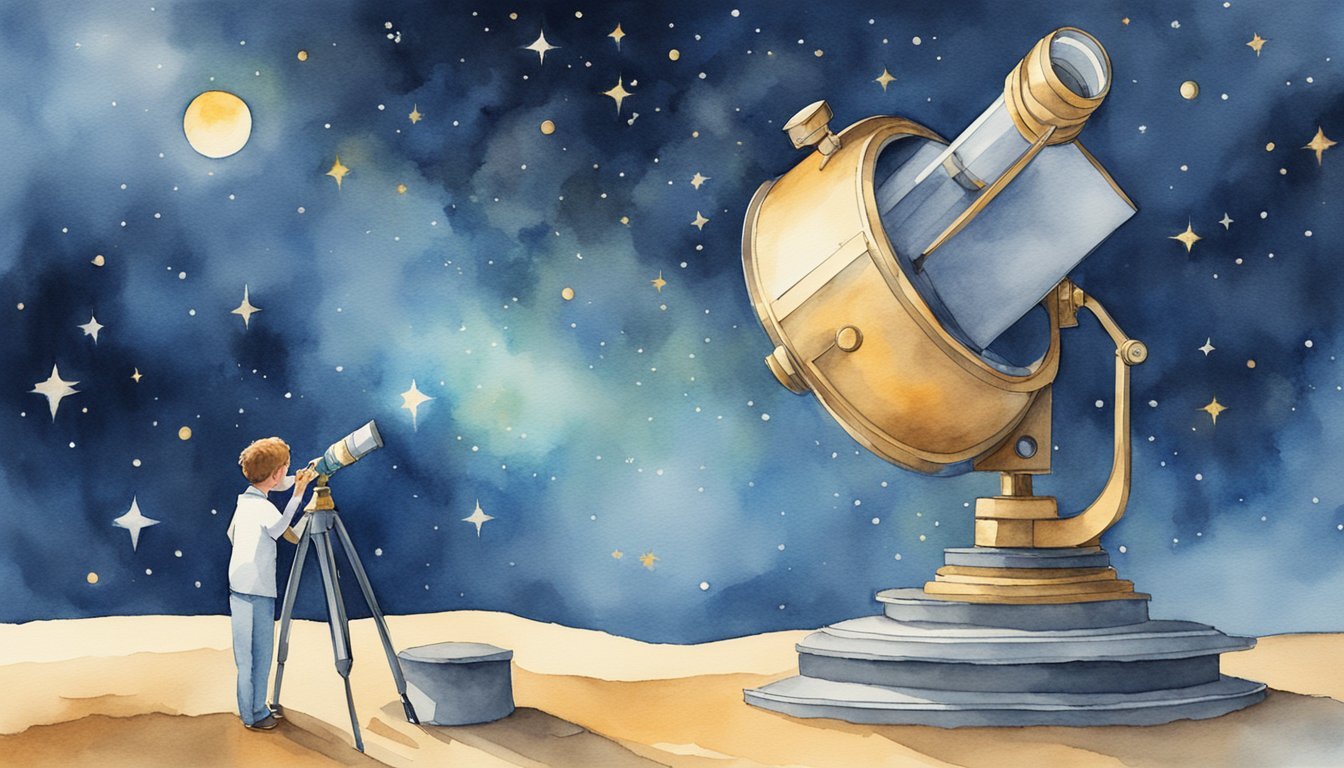The Lifecycle of Stars
The life of a star is a lengthy process, spanning from its birth in the dense regions of space to its dramatic conclusion. The mass of a star plays a crucial role in determining its path through the various stages of its lifecycle.
Formation and Main Sequence
Stars begin life in nebulae – immense clouds of gas and dust. With enough mass, the cloud’s gravity pulls it inward, forming a hot, dense core that emanates light. This is known as a protostar. As a protostar gathers more mass, nuclear fusion ignites in its core, primarily converting hydrogen into helium. Once this process stabilizes, the star enters the main sequence phase of its life cycle, which can last billions of years depending on its size. Our own Sun is a classic example of a middle-aged main sequence star, about halfway through its expected lifespan of 10 to 12 billion years.
Red Giants and Supernovae
After exhausting hydrogen in its core, a star expands into a red giant or, for those with much greater mass, may become supergiants. In this phase, stars fuse helium into heavier elements. Once fusion cannot sustain the star against gravity, it faces an explosive end if massive enough. This dramatic explosion known as a supernova scatters the star’s material, forming the building blocks for new stars and planets. These cosmic events are so luminous that they briefly outshine entire galaxies and can be seen across vast distances by astronomers using instruments like the Gaia satellite.
Remnant Phases
Post-supernova, the remains of a star depend on its original mass. Less massive stars like our Sun will shed their outer layers gently to form a planetary nebula, leaving behind a white dwarf. A much more massive star may leave a neutron star, or if massive enough, a singularity known as a black hole. These remnants can persist for trillions of years, bearing witness to the star’s once active lifestyle within their parent star clusters or the remains of galactic collisions like Gaia-Enceladus.
By studying the stages of stars’ life cycles, astronomers use tools like the Hertzsprung-Russell diagram to classify stars and understand the vast ages and features of these celestial beacons.
Determining the Age of Stars

The task of estimating the age of stars involves complex astrophysical calculations and observational techniques, since these celestial bodies can exist for billions of years. Through such methods, astronomers are able to piece together the life stories of these luminous points in the night sky, tracing them back to their origins.
Astrophysical Calculations
Astrophysical calculations leverage fundamental principles of physics to model stellar behavior and evolution. One such method is gyrochronology, which determines age based on a star’s spin. Sydney Barnes first introduced this concept, establishing a relationship between a star’s age and its rotation rate. Moreover, a star’s color and temperature can shed light on its development stage, as these elements link to its mass and age. A concept known as the main sequence, wherein stars spend most of their lifetime, helps scientists use spectral information to infer age with more precision.
Observational Techniques
Observational techniques involve direct measurements or indirect observations, where astronomers utilize instruments like the Kepler Space Telescope to gather data on stellar properties. The European Space Agency’s Gaia satellite has also contributed to such efforts by offering detailed star mapping. For instance, the brightness of a star can indicate its mass, which in turn suggests its age, as more massive stars evolve faster. Astrometry, the science of measuring positions of stars, assists in determining the movement of stars within a galaxy and thus can imply age, especially when studying stars in the halo of the Milky Way.
Oldest Known Stars
The search for the oldest known stars has expanded our understanding of the universe’s history, with the oldest identified as the ‘Methuselah star,’ or HD 140283. Study of such ancient stars is guided by observations from the Space Telescope Science Institute, where astrophysicists examine chemical compositions and motions of stars in the Milky Way galaxy to infer their ages. These ancient stars, relics of the early universe, provide clues to the conditions after the Big Bang and the overall age of the universe. Their discovery and examination is a testament to the advancements in astronomical science and the ongoing commitment to unraveling the mysteries of our cosmos.

